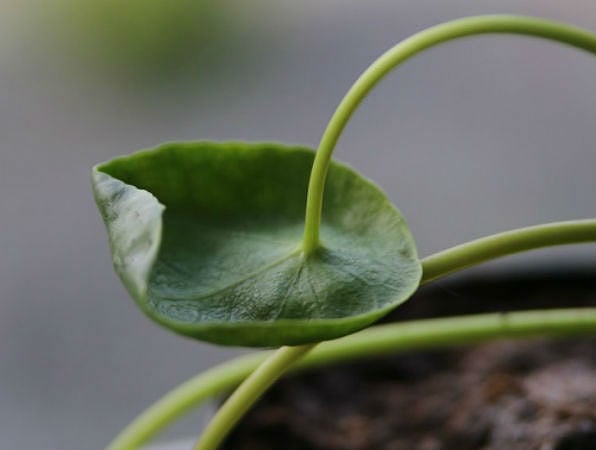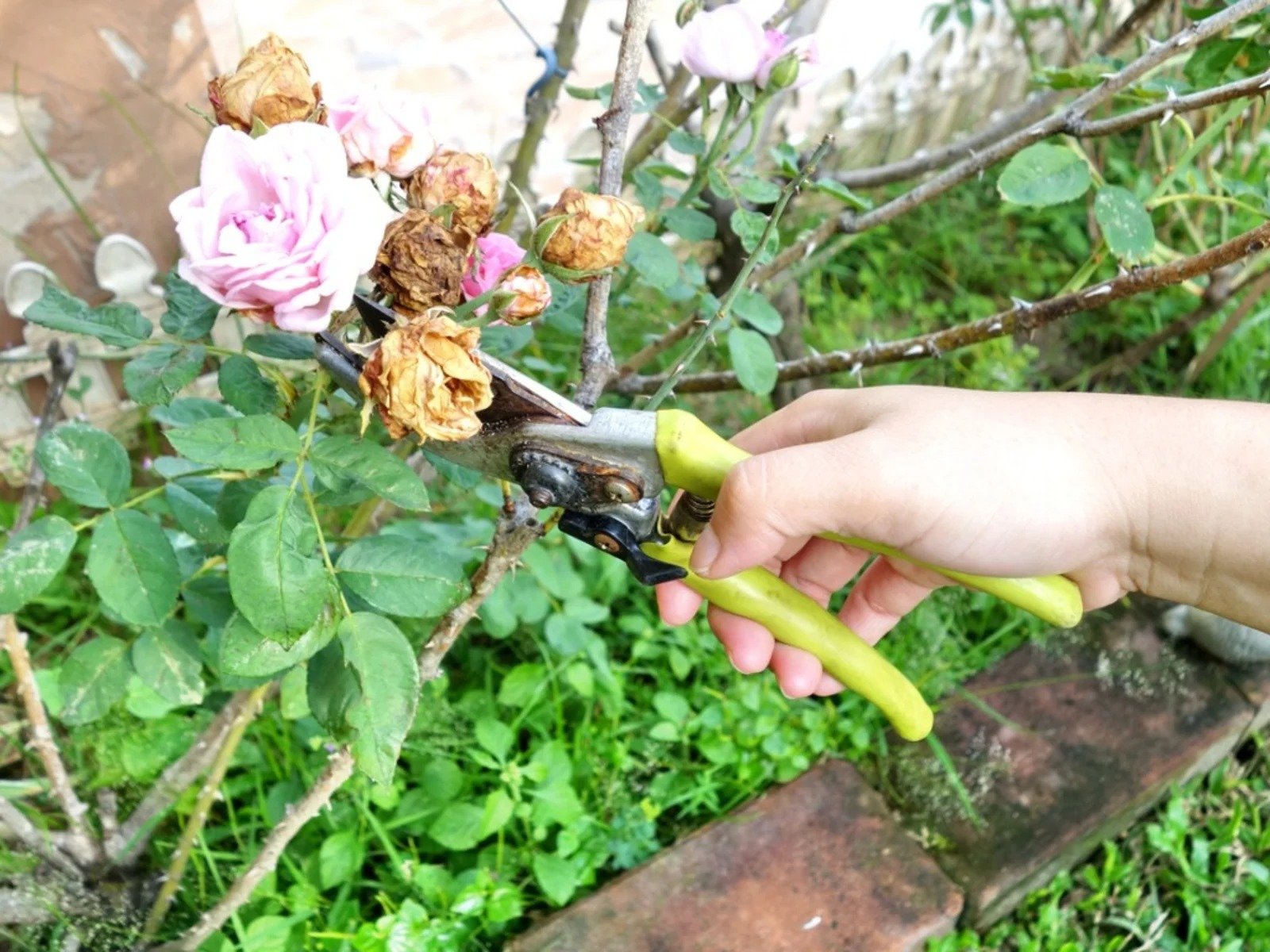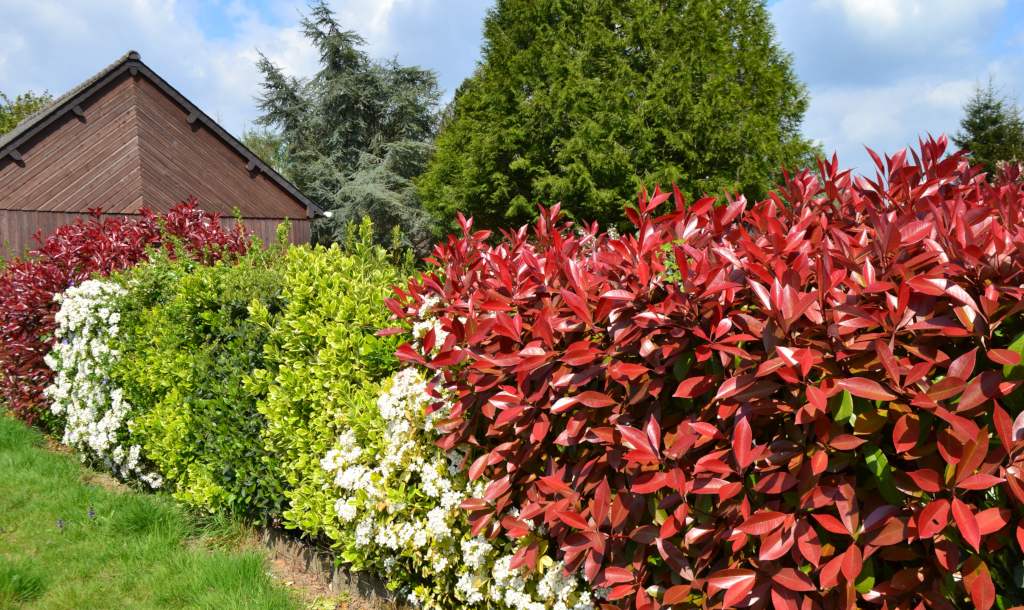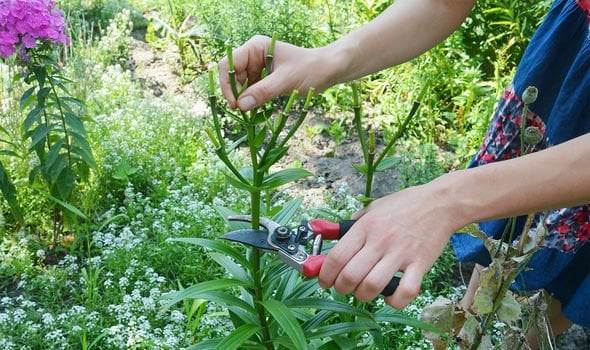Step-by-Step: Pruning and Cutting Back Pieris the Right Way
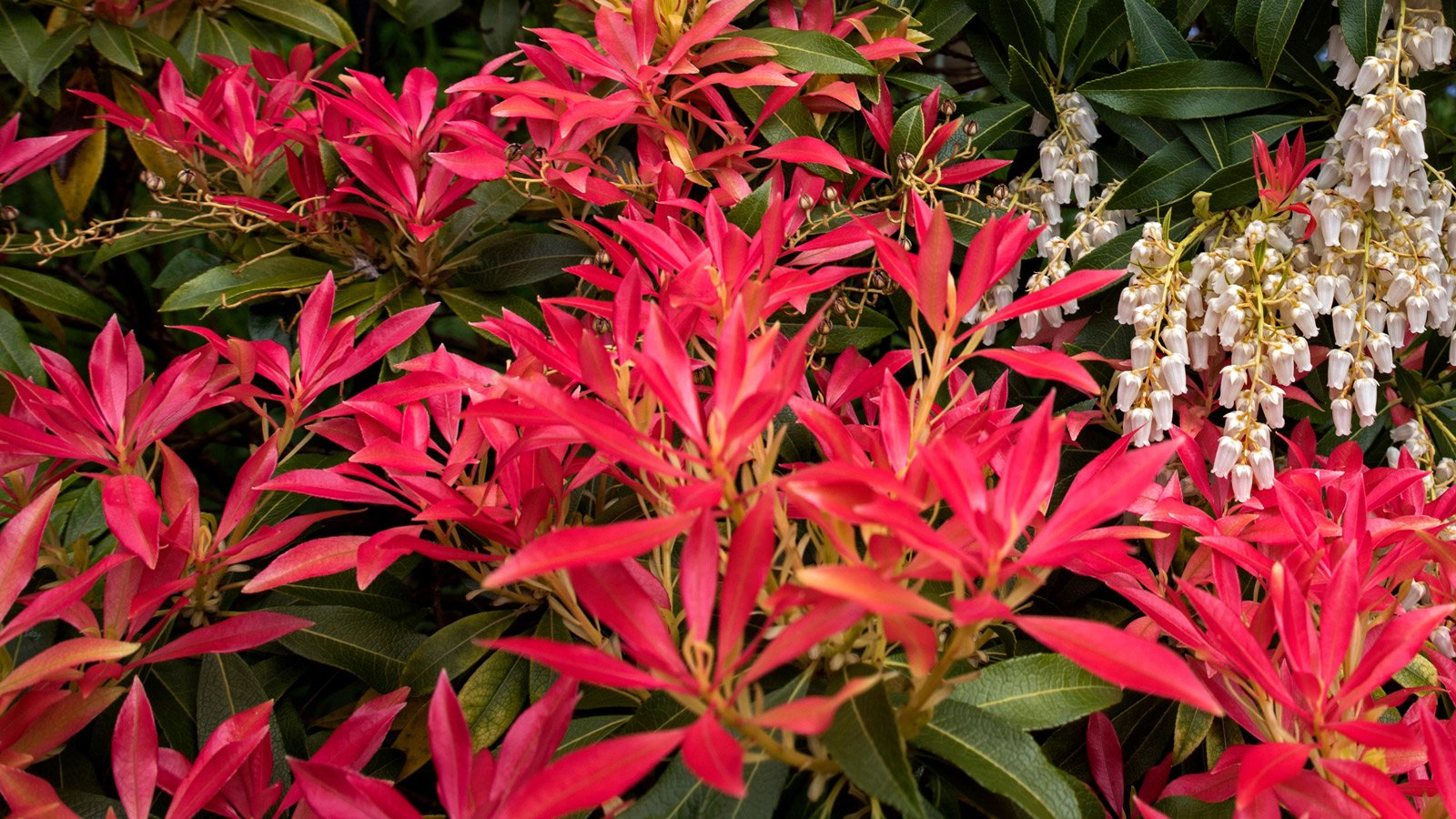
Table of Contents
Pieris enjoy quite some popularity as garden plants in the UK. One reason why they enjoy such popularity is that they are relatively low-maintenance plants and grow well even when left on their own. A close relative of rhododendrons, these vibrant shrubs do not need much attention, and their pruning needs are limited.
In the UK, Pieris japonica and ‘Forest Flame’ shrubs are the two more famous varieties; neither of these has any special needs. However, pruning every year or so might be something you could consider.
Pruning Pieris is done more for aesthetic reasons than the plant’s general health. It keeps the shrub in shape and keeps it tidy and healthy looking. With pruning Pieris, less is more unless you are aiming for rejuvenation.
This article will help you answer why, when, and how to prune to Pieris.
Why Should You Prune Pieris
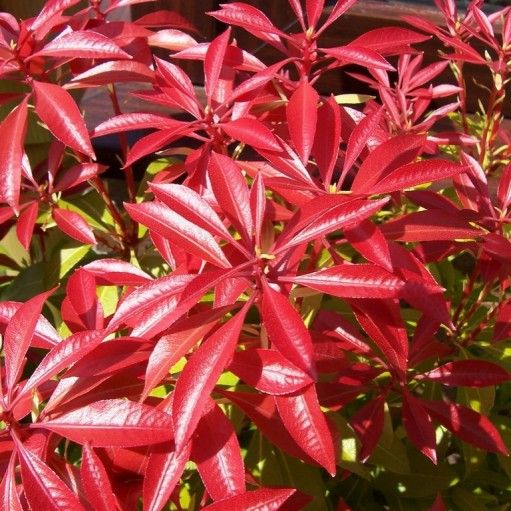
1. To Remove Diseased and Dead Parts of The Plants
Pruning will remove any dead, rotting, or diseased parts of the plants. This is beneficial in controlling the infestation of pests and diseases. Once the plant is rid of the diseased parts, it can focus its resources on growing healthily. Your plant will grow new and healthy foliage. Pruning will also prevent the spread of diseases to other plants.
In areas where the frost can stay for a long time, young shoots of Pieris can get blackened. This can destroy the appearance of the entire plant. The blackened shoots should be pruned down to the main branch.
2. To Maintain Its Shape and Size
Pieris can grow aggressively and can get a little out of hand. While this is not an issue in the wild, in your backyard, or your garden, you might prefer a more tidy and tamed shrub. You don’t want your Pieris to grow beyond the space allocated for it.
Pruning is also great for improving the general appearance of the shrub. If your Pieris is looking untidy or is lopsided, or branching off at odd places, you should take a pair of secateurs and start nipping off the extra branches and give it shape.
A neat and well-maintained garden is a space that you would want to spend time in
3. Deadheading
Who likes rotten and wilted flowers and leaves in their garden? Pieris (especially Forest Flame) are specifically known for their spectacularly vibrant foliage; you must take care to keep it healthy and beautiful. Pruning Pieris once a year will ensure that.
Deadheading the flowers will motivate your plant to grow healthier foliage. The end of the blooming season, which is around late spring or early summer, is the right time for deadheading your flowers. This will allow the shoots to grow fresh buds over the summer for the next season.
4. Pruning Pieris for Rejuvenation
Pieris are fairly sturdy plants and respond favourably to pruning for rejuvenation. You can cut the shrub back by half or more, and it will grow back in a shapely manner in no time. Cut back the branch as far as you judge right, and you will see how new sprouts emerge from the old wood.
Hard pruning is a good option for this shrub. Let’s face it! An overgrown woody Pieris is a nuisance and not very pleasing. Sparse at the bottom or almost bare at the bottom with most of the foliage at the top, it can look unappealing (it is like your shrub missed leg day). Hard pruning the shrub will encourage the Pieris to grow some foliage at the bottom and help it look more appealing. Keep a good pair of loppers by your side for this job. A pruning saw will make things a lot easier.
Whichever way you choose to prune your Pieris, remember to do so around early spring. This way, you will lose only one flowering season. Once you have hard pruned your Pieris, it will quickly grow new foliage stems. These would require mil pruning the coming spring, or else you might get uneven heavy foliage or crossing branches, which will look cluttered and untidy.
5. To Improve Air Circulation
Pieris can grow into a very dense shrub, so there is limited air circulation between branches and the foliage. This leaves it susceptible to rusts, notorious pests like Aphids, and mildews. Pruning yearly will improve air circulation and protect it against these hazards. A bonus of pruning; it will look pretty.
When to Prune Pieris
The ideal time for pruning Pieris is after flowering. This usually takes place in spring or early summer. Pruning during this time will give the shrub enough time to recover and prepare for the approaching winter. If you choose to prune the Pieris at the end of May or the start of June, this will allow you to harvest cuttings of the plant if that interests you.
It is also recommended to prune your Pieris after flowering because, if you delay pruning, you will nip out the foliage. This foliage is responsible for creating new flowers for next year. So, you would want to preserve it.
Unless your aim is rejuvenation, Pieris just needs light pruning. If, however, you have hard pruned your shrub, the next season’s bloom will either be sparse or almost non-existent. Give the plan the time to recover, and you will have healthy new shoots again.
The end of August is not a good time for pruning your Pieris. If you prune the Pieris at this time, it will start to grow new shoots; these delicate shoots will inevitably be damaged in the coming winter season due to cold temperatures.
How to Prune Pieris
Here are a few tips on how to prune your Pieris :
- For a wildly grown Pieris, start from the branches at the bottom, and cut them close to the trunk. Use a good lopper to help you trim the branches. What you’re hoping for is to expose the bare trunk so the foliage remains on the top, much like a tree. For more hard branches, make use of a tree saw.
- Now it’s time for the top half, which has all the foliage, which needs a bit of cleaning. Take a well-balanced A-Frame ladder and place it next to the Pieris. Now start by cutting off any branches you feel are awkwardly sticking out. Any bare branches with no foliage must also be snipped away. Your Pieris should start looking clean and well-shaped.
- Any branches that show signs of infestation, rot, decay, or infection should be removed right back to the main stem. It will protect the plant from pests and diseases. Any branches that have grown diagonally should also be removed. By doing this, you will improve the air circulation for the plant and allow sunlight to get to the shrub’s interior. This protects the shrub from infections and pests.
- Any branches that have been blackened with frost should be snipped with the help of loppers or secateurs.
- If you are not planning to save the seed, then the Old Flower Sprays should also be removed from the branch. Since the Pieris is not setting any seed, pruning it like this will help to strengthen it. It will be prepared to grow healthier foliage.
- Tip, Try to avoid cutting through the central trunk or main branch of the Pieris unless, of course, you want to reduce the size of the shrub.
- Note; Try not to damage any flower buds in the process, or you will not have to flower the next season.
Post-Pruning Care
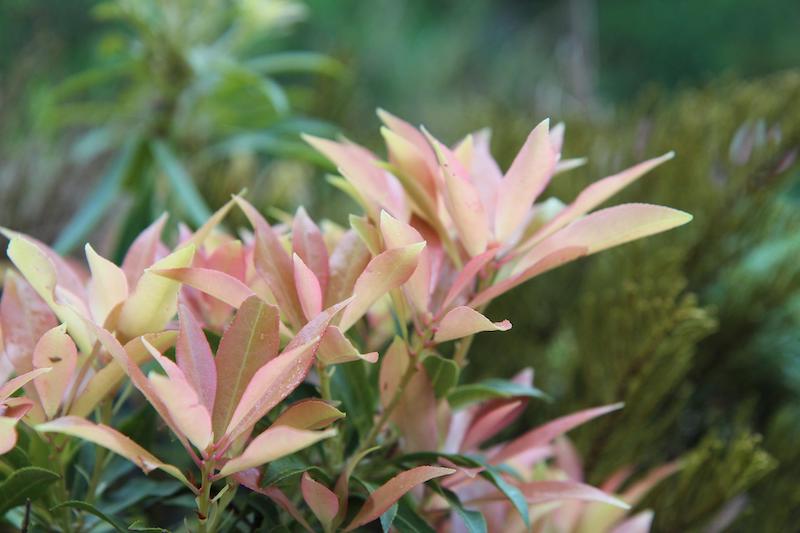
Pruning Pieris is not the end of the job. While the plant can do well on its own when it comes to survival, if you want a well-managed healthy looking plant with more vibrant foliage, then you need to give it a little attention. Don’t worry; it is not too much work.
The shrub needs a good store of nutrients every spring for the growing season. To ensure a good supply of nutrients, each spring, replenish your soil with well-rotted manure, a layer of leaf mould, or some other organic material.
To protect the root of the Pieris from winter frost, make use of a nice organic mulch in winter.
Whether you have planted it in the garden or managed to grow your Pieris in a pot or a container, feed it with good organic liquid fertilizer, something like a homemade compost tea would also be great.
Conclusion
All in all, pruning Pieris once a year and following that with minimal winter care will keep your plant healthy. Its gorgeous foliage will be a delightful sight to behold. Pieris is a plant that does well in the wild.
One is not completely wrong in assuming it doesn’t necessarily need pruning. However, it is important to understand that pruning Pieris can improve its appearance and boost its general health.
There are various ways one can prune this shrub. Usually, light pruning will take care of the appearance, keep it tidy and encourage fresh growth. Hard pruning is done for rejuvenation purposes; if that is your aim, don’t shy away from it.
This is a plant that can not only handle hard pruning but respond positively to it. Pruning will take care of pests and diseases too.



